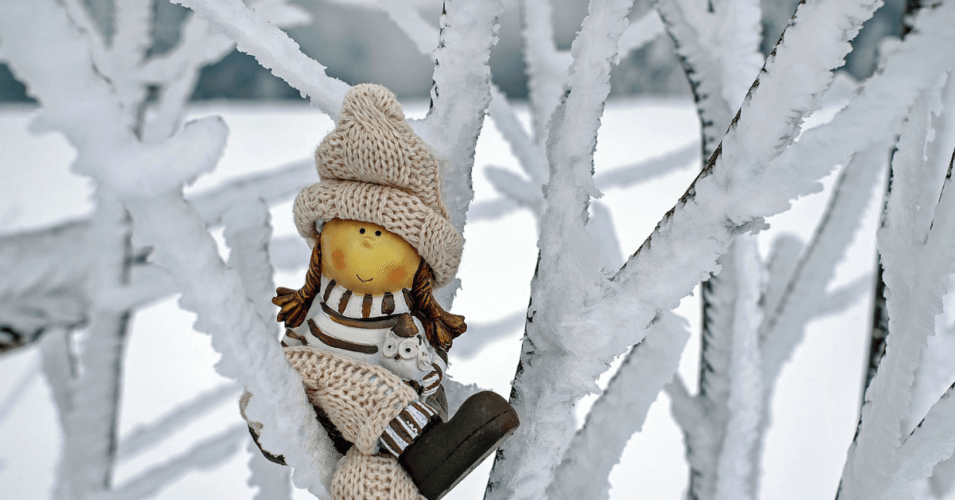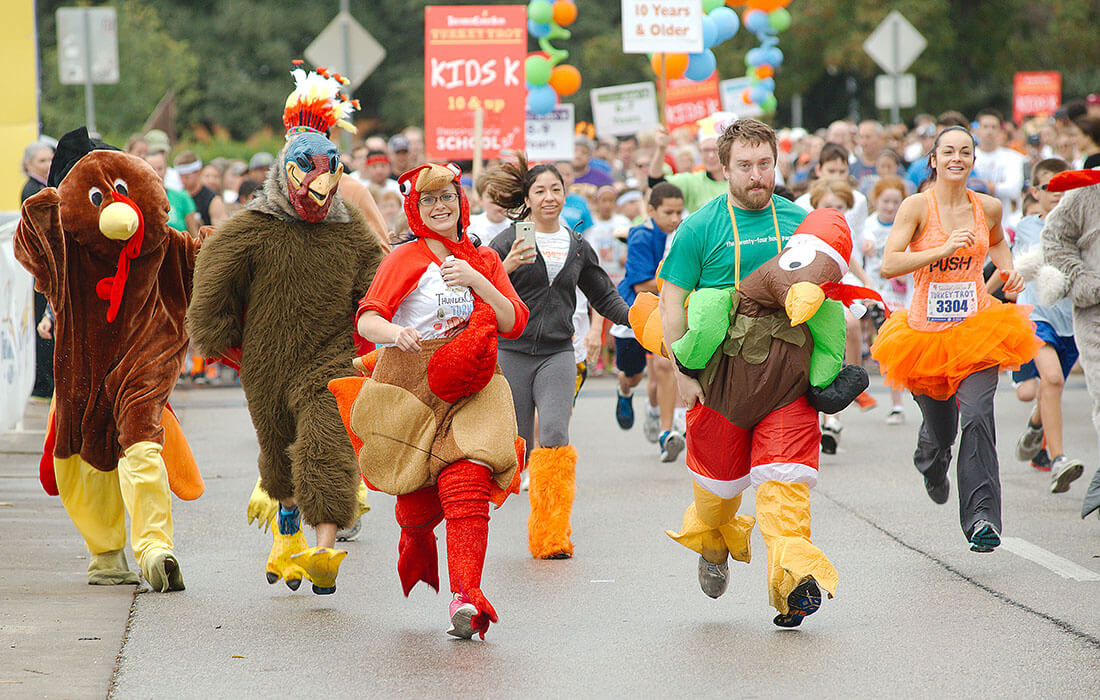Stay Safe and Warm This Season!
Winter is in full swing, and with it comes many things to look out for when it comes to your health! You may have been warned as a child about the dangers of not wearing the proper clothing for cold weather. Your parents (however annoying you thought they might have been back then) were definitely onto something!
Being exposed to cold weather for long periods of time can result in a condition known as “hypothermia.”
We have provided you with some key information about hypothermia, including how it happens, how to spot the signs, and steps you can take to prevent it.
What is hypothermia?
It’s a condition caused by prolonged exposure to very cold temperatures. When exposed to cold weather, your body begins to lose heat faster than it’s produced. Lengthy exposures will eventually use up your body’s stored energy, which leads to lower core body temperature.
If your core temperature drops too low, it will affect your vital organs like heart and brain, and your ability to move or think clearly. This is what makes hypothermia a major threat, because once your body temperature begins dropping, you might not be fully cognizant that it’s even happening. What’s worse, because you aren’t aware that it’s happening, you can’t do anything about it.
Hypothermia usually occurs at very cold weather and low temperatures, however, it can occur even at temperatures above 40°F. Take for example, becoming chilled from sweat, rainfall, or being in cold water for a long period of time without having anything to help you regulate your body temperature.
Symptoms of hypothermia
Adults with hypothermia report feeling exhaustion, tiredness, memory loss, feelings of confusion and drowsiness, as well as slurred speech and an inability to hold onto things.
Babies and children with hypothermia will usually exhibit very low energy levels, and their skin will appear bright red and feel very cold to the touch.
How to prevent hypothermia
There are many things you can do to prevent hypothermia in the cold weather. We’ve included three major pointers below that you and your family can start doing to stay safe and healthy.
Wearing the right clothing
Dressing in layers is certainly the best option when it comes to preventing hypothermia! Depending on the temperature and environment you’ll be in, we recommend dressing the following way:-
- Start with a base layer of thermal wear to help trap more heat and dissipate any dampness.
- A middle layer such as synthetic fleece or wool will help with insulation as well.
- Your outermost layer of clothing (such as your coat/jacket) should also be wind and waterproof/resistant.
- Use the following accessories as needed
Other items and accessories that can prevent hypothermia are:
- A scarf or knit mask to cover the ears and face
- A hat
- Insulated gloves or mittens
- Water-resistant,insulated boots
- Warm socks, preferably wool
How to increase circulation
Are you someone who is prone to cold hands and feet? A few things you can do to cut down on winter chills and increase circulation are as follows:
- Shivering or fidgeting: Shivering is a natural tendency for your muscles to twitch and produce energy that will increase your body temperature.
- Rubbing palms and feet: your body’s natural tendency is to conserve heat for the vital organs, therefore, the circulation to your external organs like fingers and toes are reduced first and those get cold faster than your body. if you wear proper accessories then your digits won’t lose rather it will generate heat for your core & body.
- Sit / Recline on a chair while uncrossing your legs and arms or lye down on a floor : This promotes uninterrupted blood flow back to your heart and brain while you’re lying down.
- Move your body or walk around on a regular basis: Movement will increase your heart rate and blood flow to all organs including your vital organs like heart, lungs, and brian. Aim for at least in a 10-30 minutes interval until your core temp to a functional level.
- Opt for warm liquid soup, broth, hot chocolate or herbal teas instead of caffeinated tea or coffee: Caffeine is known to constrict blood flow.
Improving your core temperature
The normal core temperature for most people is 98.6 degrees Fahrenheit. Your body temperature changes throughout the day depending on physical activity and your environment.
It’s important that you conserve your body heat when you’re cold by raising your core temperature. There are also many things you can do to increase it, including:
- Drying off quickly. You sweat when your core temperature gets to be too high, and the sweat cools you off. Make sure that after you work out, you dry off and get into dry clothes to raise your core body temperature again.
- Staying hydrated. When your body is both dehydrated and cold, water is expelled from the body as you breathe. You need to maintain hydration levels to help warm the cold air entering your body so that it doesn’t lower your core temperature.
- Allowing yourself to shiver. While shivering seems bothersome, and it might be tempting to fight the urge to do it, allowing your body to shiver when it needs to is important. This is your body’s way of naturally regulating your body temperature.
What to do if someone is hypothermic
A person with severe hypothermia may be unconscious and may have a faint pulse or may not seem to have a pulse, breathing shallow or it may appear that they aren’t breathing. In this case, handle the person gently, and get emergency assistance immediately.
While you are waiting for medical help for them, do your best to warm them up by doing the following
- Do NOT leave a person unconscious after calling for help, stay till emergency personnel get there, then leave.
- Remove any cold/wet clothing and get them to a warm place.
- Try covering his/her body with a dry and warm blanket or covering available. In the worst case use whatever dry you have to cover them exposing the face to breathe, that may help to increase their body temperature until you can get them to a doctor.
- Rub their feet and palms as long as you can.
I hope you find the strategies for prevention and early action for hypothermia helpful and use it to keep yourself and your loved ones safe and warm this season. We wish you a warm and happy winter and stay healthy!
We would love to hear from you, please share your strategies and stories. Contact us today!
Follow Us on Social Media
Click here to follow us on Facebook.
Click here to follow us on Instagram.
Tags: cold weather, hypothermia, winter tips, health tips




